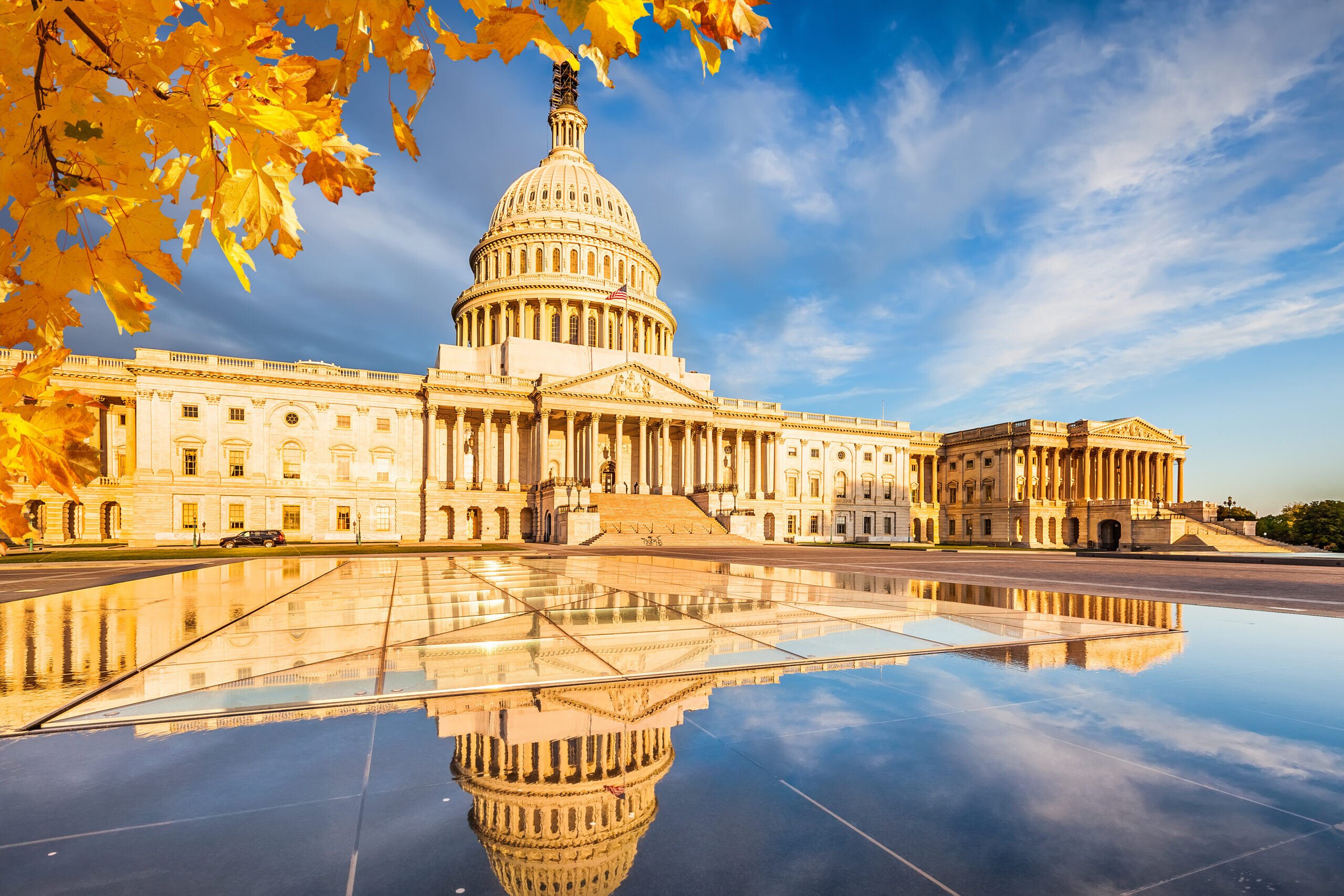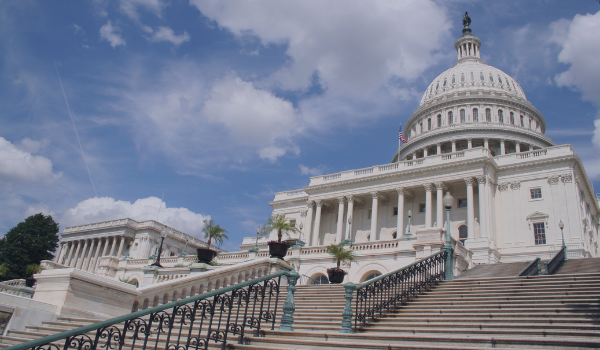On December 20, 2019, President Trump signed into law the Setting Every Community Up For Retirement Enhancement Act of 2019 (the “SECURE Act”). The SECURE Act is probably the most significant piece of retirement legislation since the Pension Protection Act of 2006. Here are a few of its most relevant provisions.
1. Increasing the Age for Required Minimum Distributions
Under current law, participants are required to begin taking minimum distributions from a retirement plan beginning the later of (i) April 1 of the year after they turn 70½ or (ii) the year in which they retire. The SECURE Act raises the age for required minimum distributions to 72. This change in law applies to individuals who turn 70½ after December 31, 2019. It does not affect people who have already begun receiving their required minimum distributions or who turned 70½ last year and are, as a result, required to begin taking distributions by April 1, 2020.
2. Elimination of “Stretch IRA”
Under current law, if the beneficiary of a decedent’s IRA was a so-called “designated beneficiary”, the beneficiary could take required minimum distributions from the IRA over the lifetime of the beneficiary. Under current law, the term “designated beneficiary” could include the decedent’s adult children. Under the SECURE Act, most adult children will no longer be considered a “designated beneficiary”. As a result, distributions from the decedent’s IRA must be completed within ten years of the death of the decedent. A decedent’s spouse is still considered a “designated beneficiary”.
3. Coverage of Part-Time Employees
Under current law, an employer can exclude any employee who does not work at least 1,000 hours in a year. The SECURE Act changes the law for 401(k) plans. Under the SECURE Act, a 401(k) plan will be required to permit any employee who works at least 500 hours for three consecutive years to contribute to the plan. The SECURE Act does not change the rules regarding employer contributions to a 401(k) plan. So, employers are not required to make contributions for these so-called “long-term part-time employees”.
This change in the law goes into effect beginning in 2021. This means that the soonest that a long-term part-time employee must be allowed to contribute to a 401(k) plan is 2024.
4. Lifetime Disclosure Requirements
Under current law, there is no incentive for sponsors of defined contribution plans to offer a lifetime annuity distribution option. The SECURE Act encourages the use of a lifetime annuity distribution option by requiring sponsors of defined contribution plans to provide a “lifetime income disclosure” on a participant’s benefit statement at least annually, even if the plan does not offer a lifetime annuity distribution option. The disclosure is an estimate of a participant’s monthly benefit, if the participant were to elect a qualified joint and survivor annuity or a single life annuity.
The Secretary of Labor is required to issue a model disclosure by December, 2020. This requirement becomes effective no more than one year after the Secretary has issued the model disclosure.
5. Annuity Safe Harbor
The second way in which the SECURE Act encourages the use of annuity contracts by defined contribution plans is by providing a fiduciary safe harbor for plan sponsors. The decision whether to offer an annuity option in a defined contribution plan occurs before a plan is adopted. As a result, the decision to offer the annuity option is not a fiduciary act. However, the selection of the annuity provider is a fiduciary act, and a plan sponsor could be held liable for the financial well-being of the annuity provider. The SECURE Act provides a safe harbor for the plan sponsor as long as the annuity provider represents that, for the prior seven years and on a going-forward basis, the annuity provider (i) is licensed by a state to offer guaranteed retirement income contracts, (ii) files audited financial statements, and (iii) maintains sufficient reserves to satisfy the requirements of all states where the annuity provider conducts business. This safe harbor is available effective January 1, 2020.
6. Earliest Age for Distributions from Defined Benefit Plan
Most defined benefit plans permit distributions to a working employee upon attainment of a certain age. Prior to 2006, that age was 65. After 2006, that age became 62. The SECURE Act permits in-service distributions to employees as early as the attainment of age 59½. This is not a requirement, but a plan provision that an employer can adopt. It becomes effective beginning after December 31, 2019.
7. Adoption of Plan after Close of Tax Year
Under current law, an employer must adopt a qualified plan by the end of its tax year in order to deduct its contributions to the plan for that tax year, even though contributions do not have to be made until the due date, including extensions, of its tax return for such year. So, for example, an employer would have had to have created its plan by December 31, 2019, in order to deduct its contributions in 2019, even if the contributions are not actually made until September 15, 2020. The SECURE Act changes this and provides that the plan can be adopted as late as the due date, including extensions, of the employer’s tax return. This change is effective for tax years beginning after December 31, 2019.
8. Pooled Employer Plans
One of the reasons that a small employer might hesitate to adopt a qualified plan is the costs inherent in set-up and administration. Large employers have greater negotiating power and are able to reduce their costs. Current law permits unrelated employers to come together under a single plan as long as there is some “commonality of interest” among the employers. Under current law, “commonality of interest” requires that the employers be engaged in the same industry or share a common geographic location. The SECURE Act permits unrelated employers to participate in a “pooled employer plan”, even without this so-called “commonality of interest”, as long as the plan has a single trustee, named fiduciary, and administrator and offers the same investment options to all plan participants. This provision becomes effective for plan years beginning after December 21, 2021.
9. 401(k) Safe Harbor Plans
There are two ways to create a safe harbor 401(k) plan. The first is through a matching employer contribution. The second is through a non-elective employer contribution. Under current law, a safe harbor 401(k) plan must be adopted before the beginning of the plan year and the employees must receive notice of the adoption of the safe harbor plan before the beginning of the plan year. The SECURE Act changes the rules with respect to a non-elective employer contribution safe harbor plan. It eliminates the requirement that participants receive notice prior to the start of the plan year. In addition, it permits a non-elective safe harbor plan to be adopted at any time during the plan year.
10. Penalty for Failure to Timely File Form 5500
In order to pay for some of these provisions, the penalty for failure to timely file the Form 5500 was increased to $250 per day with a maximum of $150,000. For obvious reasons, it is vital that a plan sponsor choose its plan administrator wisely.



